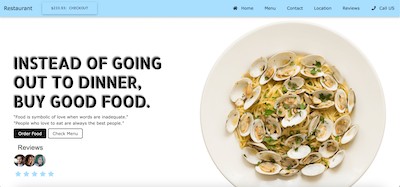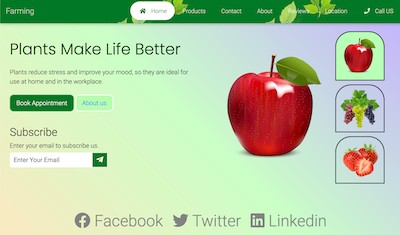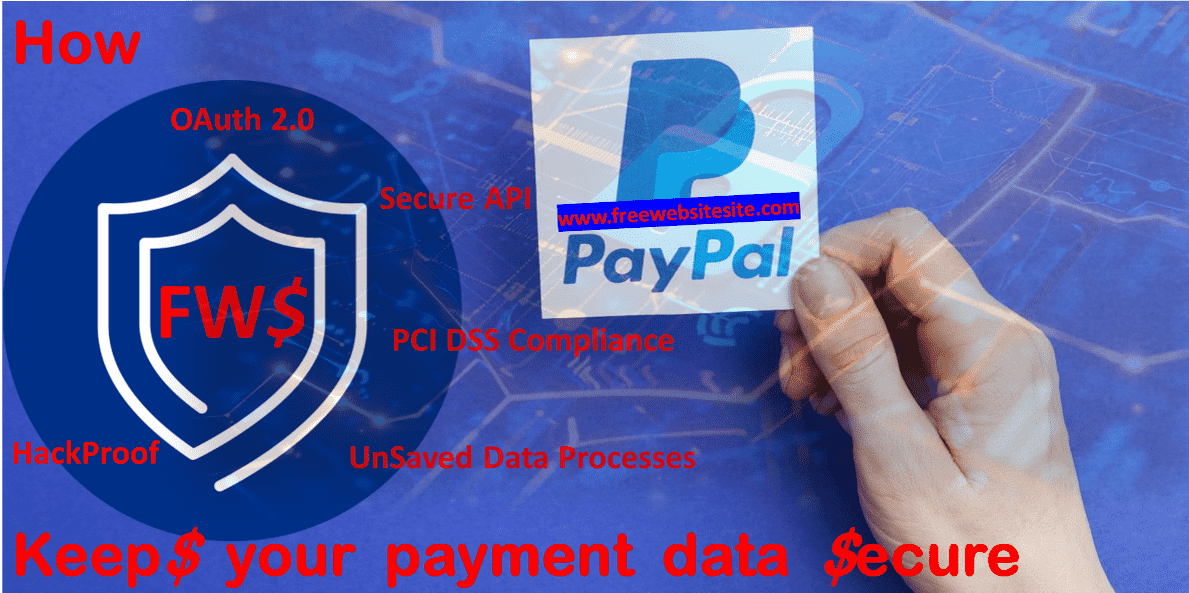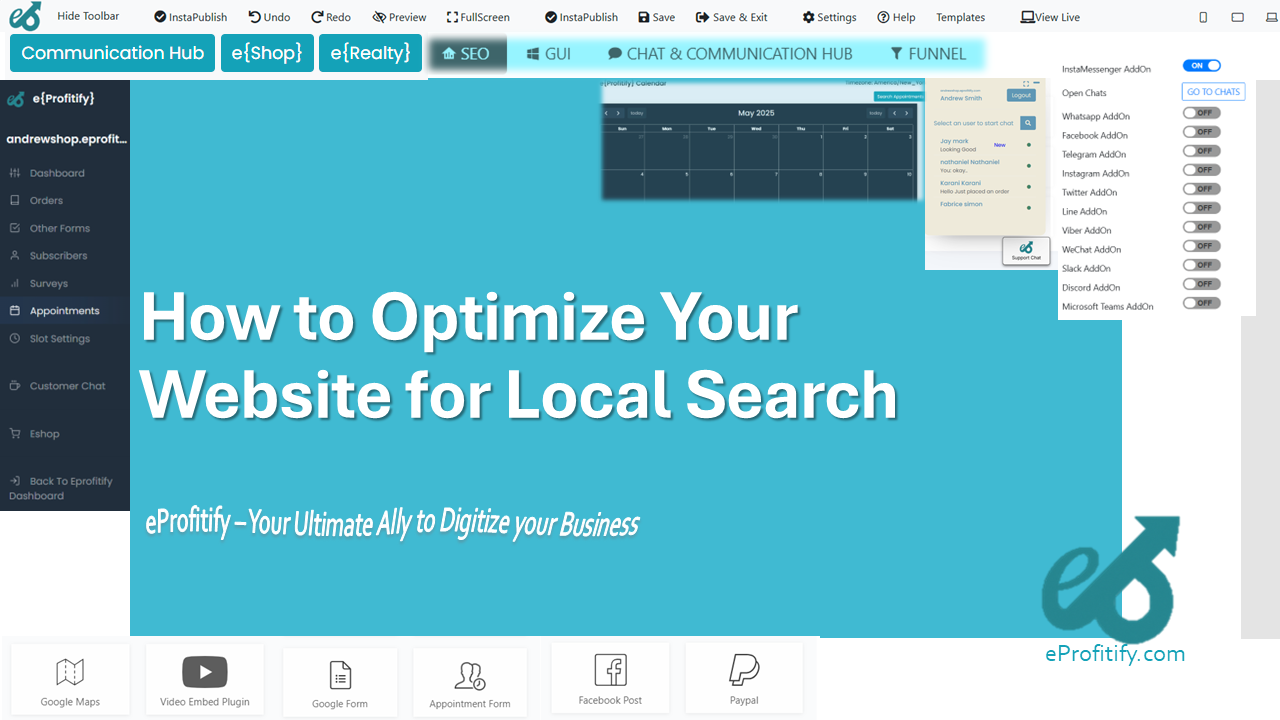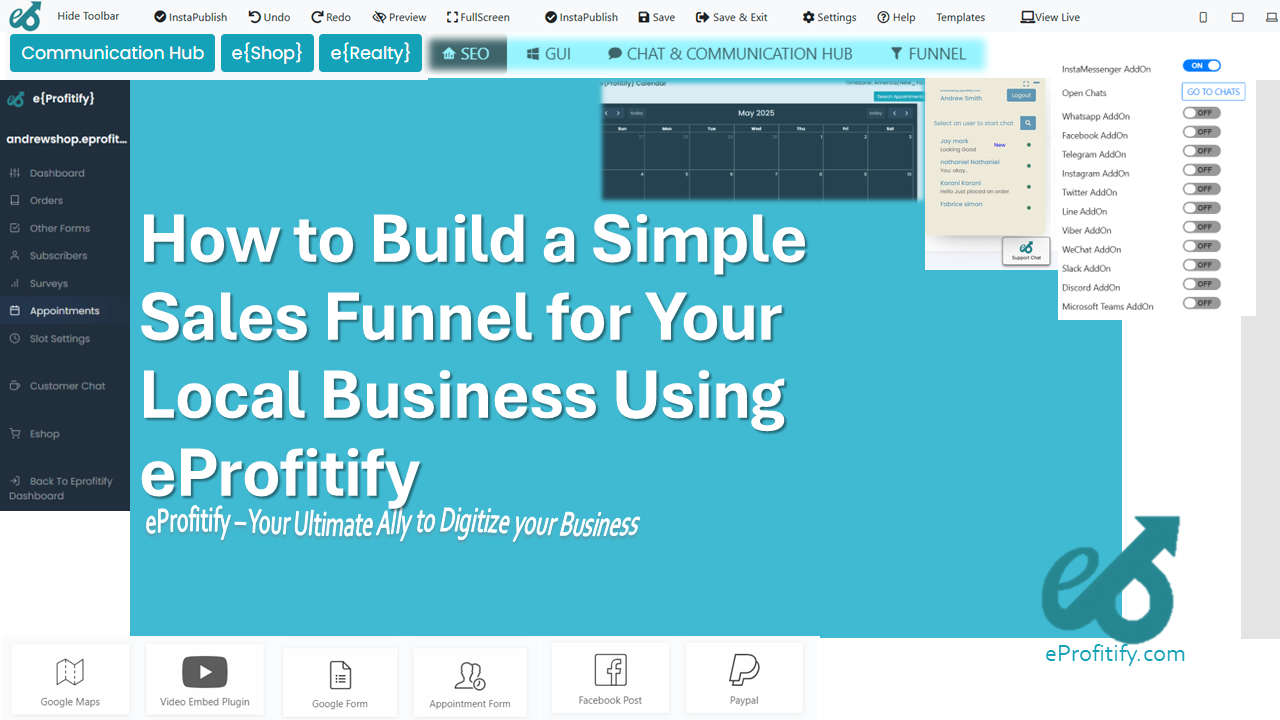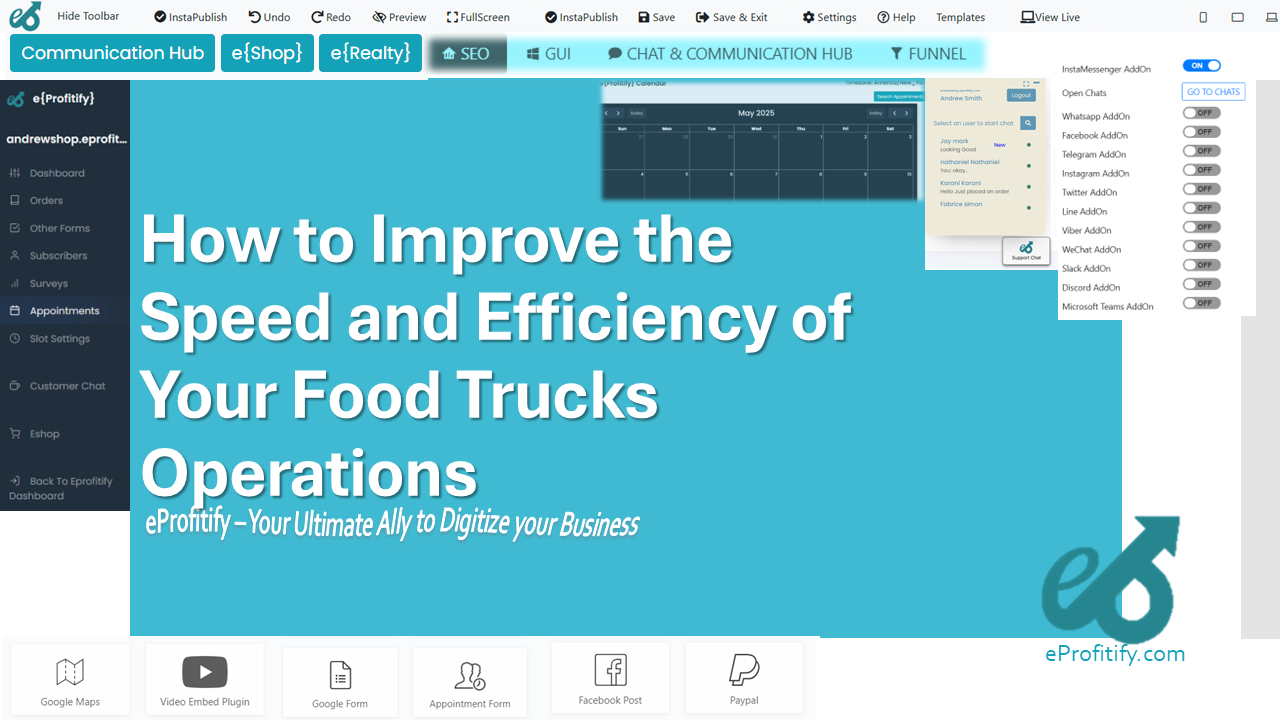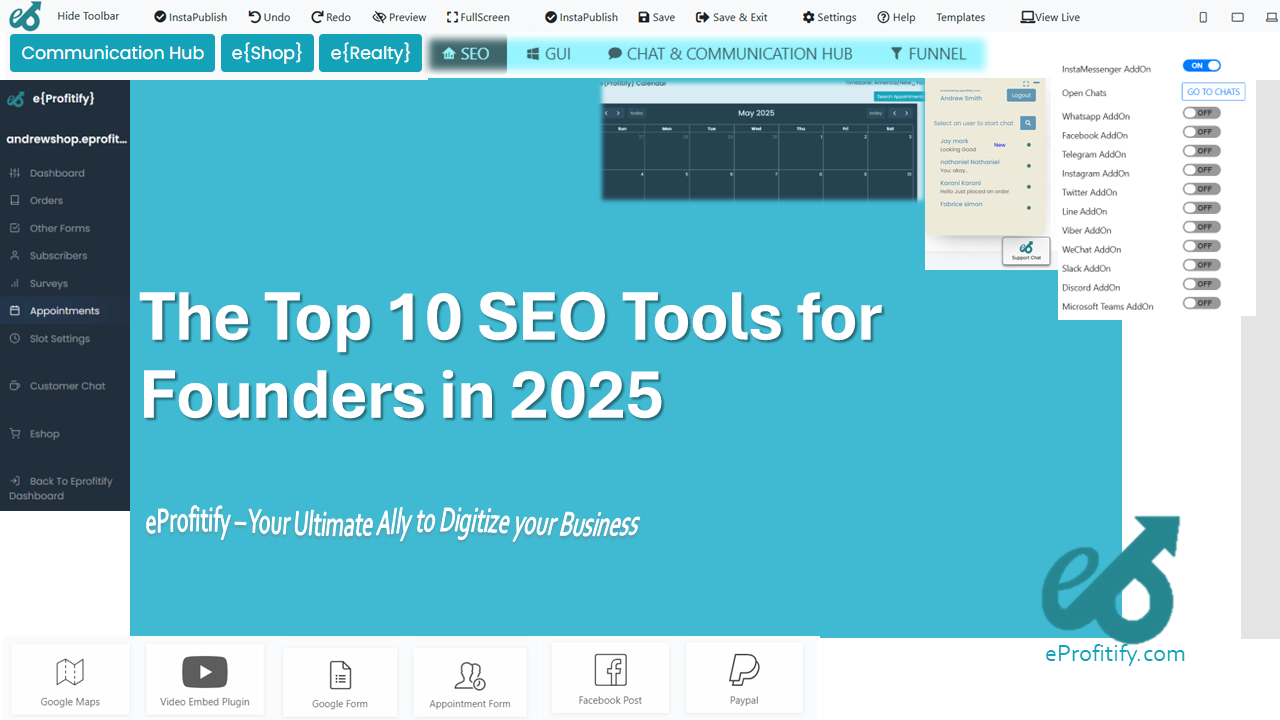How to Price Your Menu for Maximum Profit and Customer Satisfaction
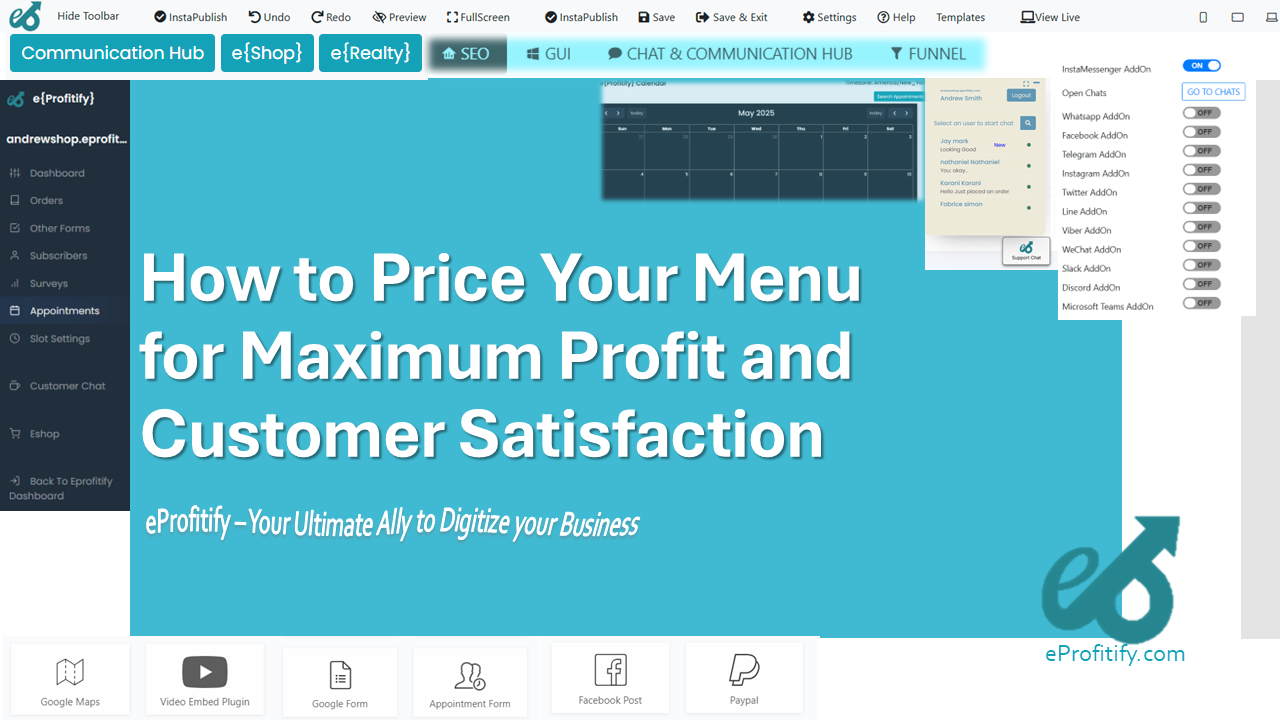
Schedule a LIVE Zoom call with an eProfitify Expert.
How to Price Your Menu for Maximum Profit and Customer Satisfaction
Pricing a restaurant menu is both an art and a science. Striking the right balance between profitability and customer satisfaction requires strategic thinking, data analysis, and an understanding of human psychology. With rising food costs, labor shortages, and shifting consumer preferences, restaurants must adopt innovative approaches to menu pricing. This article explores actionable strategies for optimizing prices, backed by statistics, and highlights how tools like eProfitify—a leading website publishing and management platform—can streamline operations to boost revenue and customer loyalty.
1. The Importance of Strategic Menu Pricing
Menu pricing directly impacts a restaurant’s bottom line. According to the National Restaurant Association, the average restaurant profit margin hovers between 3% and 5%, making efficient pricing critical. Overpricing can alienate customers, while underpricing erodes profits. A well-priced menu maximizes revenue and enhances perceived value, encouraging repeat visits.
Key Statistic:
- 70% of diners say menu prices influence their choice of restaurant (Toast Restaurant Success Report, 2023).
2. Cost Analysis: The Foundation of Pricing
Start by calculating your food cost percentage (cost of ingredients divided by menu price). Industry standards suggest food costs should stay between 28% and 35% of the menu price. For example, a burger costing $4 to make should be priced at ~$12–$14.
However, factor in other expenses:
- Labor (25–30% of revenue)
- Rent (6–10%)
- Utilities and marketing (4–6%)
Use Prime Cost Pricing (food + labor costs) to ensure margins stay healthy.
Pro Tip: eProfitify’s inventory management tools automate real-time cost tracking, helping you adjust prices dynamically based on ingredient price fluctuations.
3. Psychological Pricing Tactics
Human psychology plays a significant role in purchasing decisions. Leverage these tactics:
Charm Pricing
Ending prices in .95 or .99 (e.g., $9.99 instead of $10) creates the illusion of a better deal. Studies show this can increase sales by up to 24%.
Anchoring
Place high-margin items next to expensive dishes to make them seem more affordable. For instance, a $40 steak paired with a $28 salmon entrée makes the salmon appear reasonably priced.
Bundle Pricing
Combining items (e.g., a burger, fries, and drink for $15) increases perceived value. Bundles can boost average order value by 10–20%.
Key Statistic:
- 45% of customers prefer bundled meals for convenience (Deloitte, 2023).
4. Menu Engineering: Highlight Profit Drivers
Menu engineering involves categorizing dishes based on profitability and popularity:
- Stars: High profit, high popularity (prominently display these).
- Puzzles: High profit, low popularity (reposition or rename).
- Plowhorses: Low profit, high popularity (optimize costs).
- Dogs: Low profit, low popularity (consider removing).
Design your menu using visual hierarchy:
- Place high-margin items in the top-right corner, where eyes naturally linger.
- Use boxes, icons, or images to draw attention.
Pro Tip: eProfitify’s AI-driven analytics identifies underperforming dishes and suggests pricing adjustments based on real-time sales data.
5. Dynamic Pricing and Personalization
Dynamic pricing adjusts prices based on demand, time, or customer behavior. For example:
- Happy hour discounts during off-peak times.
- Premium pricing for weekends or holidays.
CRM Integration:
eProfitify’s customer relationship management (CRM) tool tracks ordering history and preferences, enabling personalized offers (e.g., discounts on a customer’s favorite dish).
Key Statistic:
- 64% of diners expect personalized experiences (HubSpot, 2023).
6. Leverage Technology for Efficiency
Modern restaurants rely on integrated platforms like eProfitify, which offers:
- Instant Messaging: Streamline communication between staff and customers for reservations or inquiries.
- Appointment Management: Optimize table turnover with automated booking systems.
- Ecommerce Integration: Sell meal kits or merchandise online to diversify revenue.
- POS Integration: Sync sales data with inventory and CRM for seamless operations.
Case Study: A mid-sized bistro using eProfitify’s tools reduced food waste by 15% and increased online orders by 30% within six months.
7. Avoid Common Pitfalls
- Ignoring Competitor Pricing: Regularly analyze local competitors’ menus.
- Neglecting Customer Feedback: Use eProfitify’s survey tools to gather insights.
- Overcomplicating the Menu: Limit options to reduce decision fatigue; 7–10 items per category is ideal.
Conclusion
Pricing your menu effectively requires a blend of cost analysis, psychological tactics, and data-driven adjustments. By adopting technologies like eProfitify, restaurants gain access to CRM, inventory management, and AI analytics, simplifying complex processes and enhancing customer experiences. In an industry where margins are slim and competition is fierce, strategic pricing—supported by the right tools—can transform your restaurant into a profitable, customer-centric success.
Why eProfitify?
eProfitify’s all-in-one platform empowers restaurants to:
- Track sales and costs in real-time.
- Automate marketing and customer engagement.
- Optimize pricing with actionable insights.
Embrace innovation, and watch your profits—and customer satisfaction—soar.
Statistics sourced from the National Restaurant Association, Deloitte, and Toast. Explore eProfitify’s tools at www.eprofitify.com.
